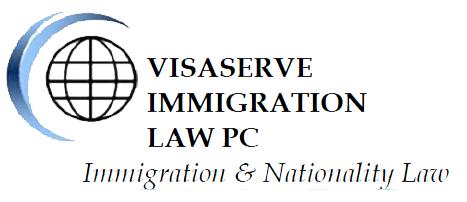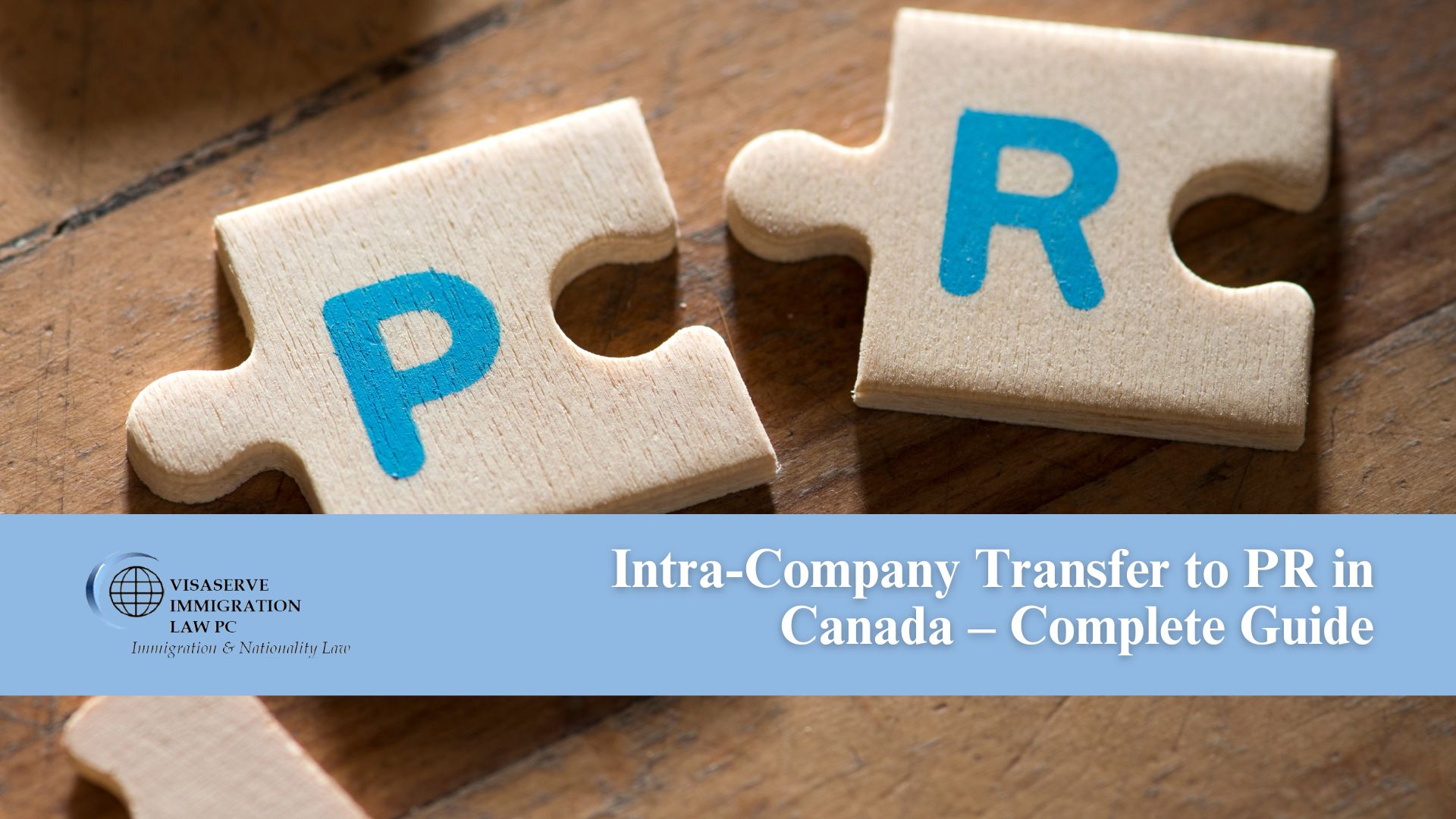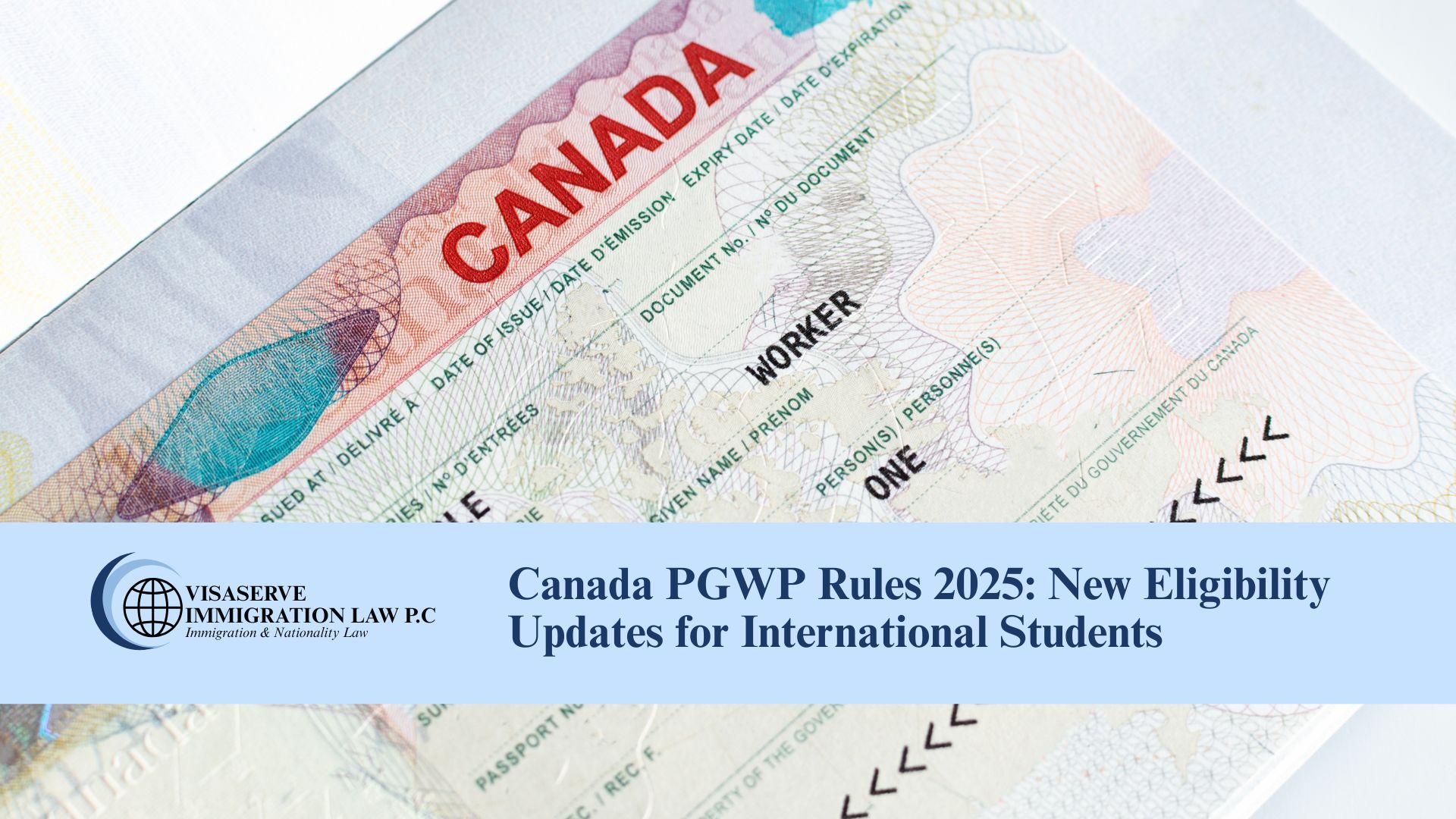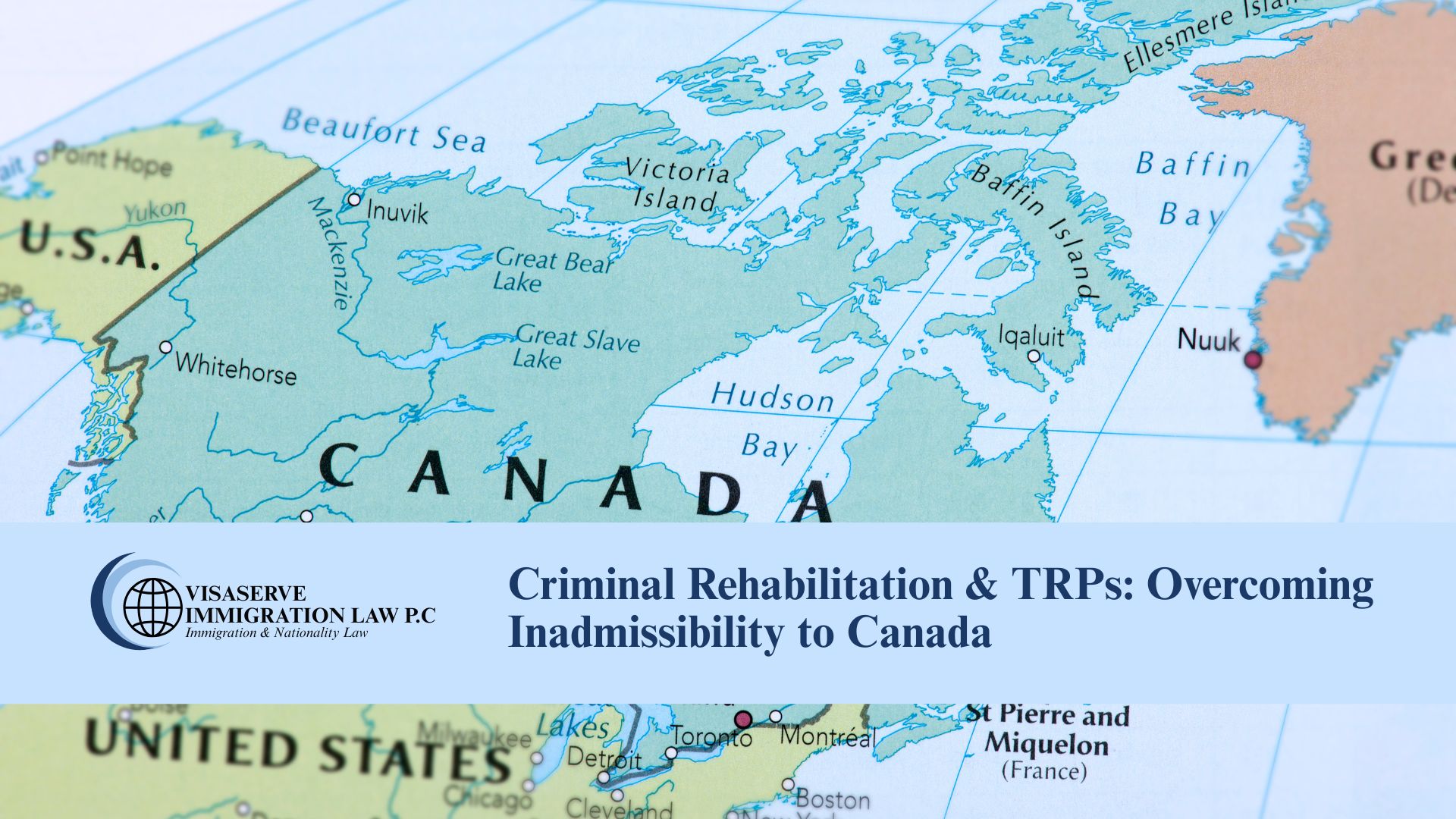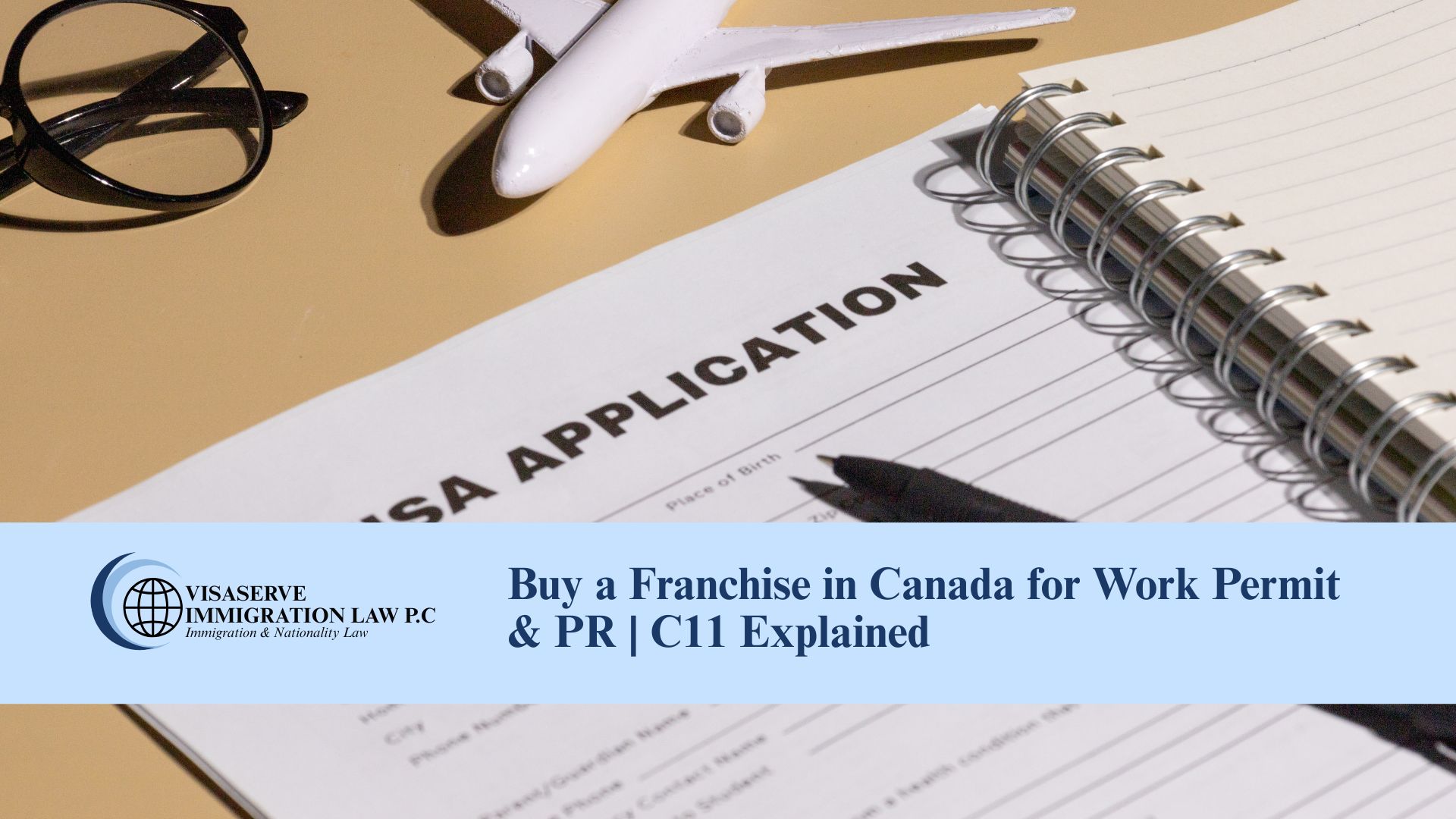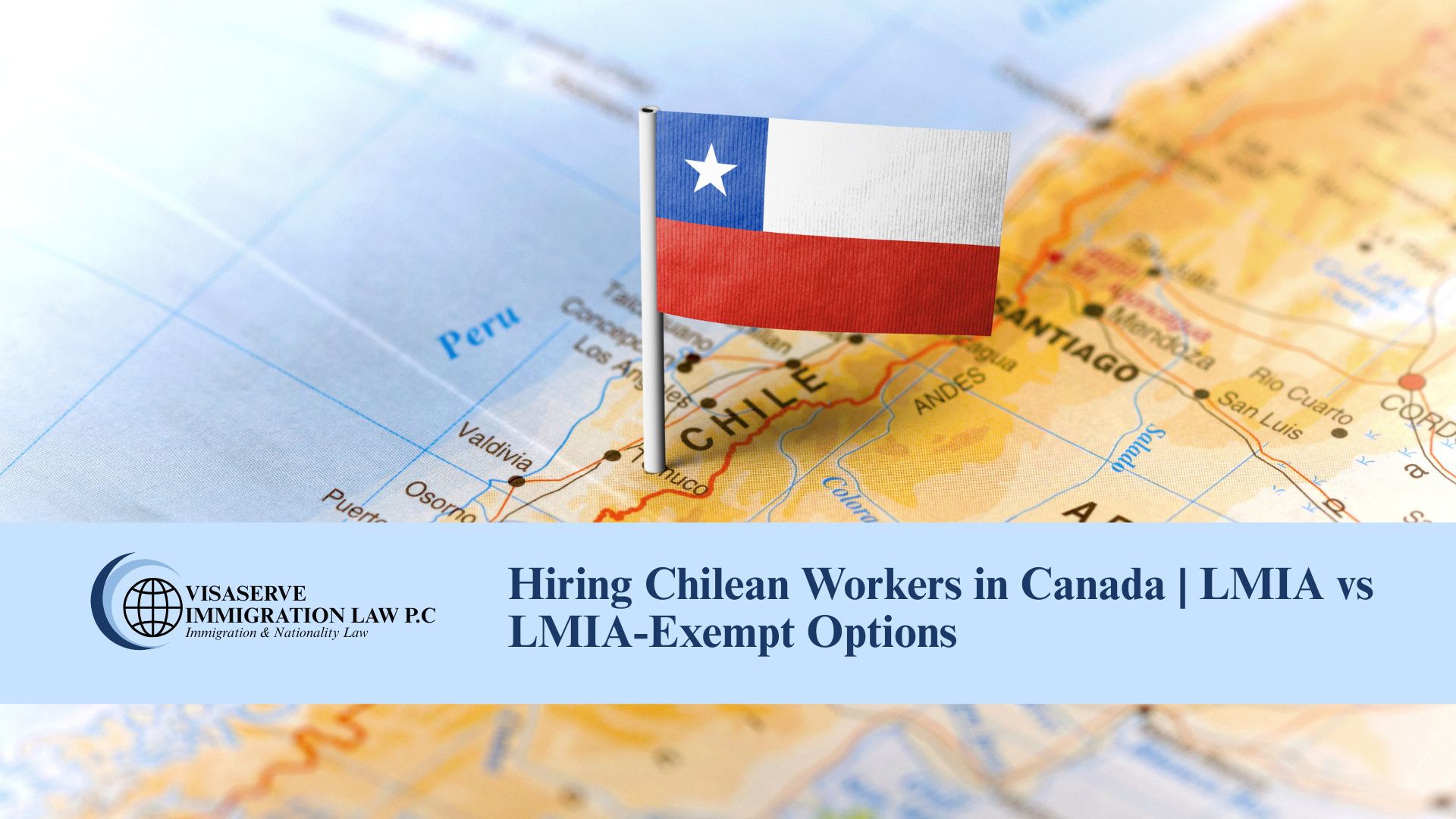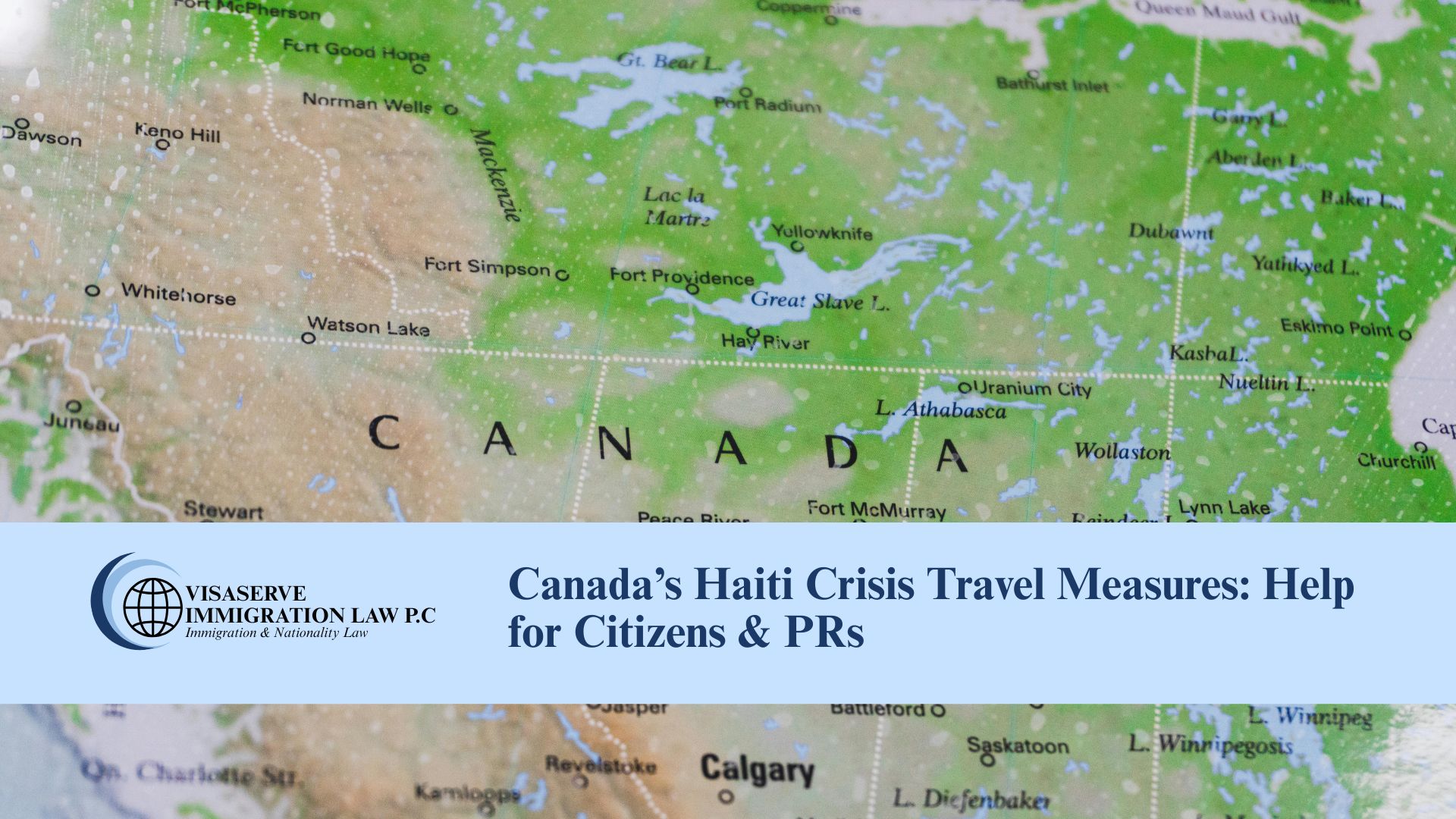The Intra-Company Transfer (ICT) work permit is one of the fastest ways for foreign executives, senior managers, and specialized knowledge workers to enter Canada without an LMIA. But for many, the long-term goal is Permanent Residence (PR).
Here’s how you can transition from an ICT work permit to PR, based on official guidance from Immigration, Refugees and Citizenship Canada (IRCC).
1. Does an ICT work permit lead to PR?
Yes. While the ICT work permit itself is temporary, it gives you Canadian work experience that can be used to qualify for PR under programs like:
-
Canadian Experience Class (CEC) under Express Entry
-
Federal Skilled Worker Program (FSWP) under Express Entry
-
Provincial Nominee Programs (PNPs) with employer-driven streams
2. How long must you work in Canada before applying for PR?
If you plan to apply through the Canadian Experience Class, you generally need at least 12 months of full-time, skilled work experience in Canada (NOC TEER 0, 1, 2, or 3) within the last 3 years. This work must be authorized and meet your NOC duties.
3. How does ICT work experience help your CRS score?
-
Canadian work experience points: Up to 80 points (including skill transferability factors)
-
Arranged employment: ICT workers may claim points if they have a valid job offer supported by their current employer for at least one year after becoming a permanent resident.
-
Language: Improving English or French proficiency can significantly increase your CRS score.
4. Can an ICT “new office” work permit holder apply for PR?
Yes — but you will first need to establish the Canadian business and complete at least 1 year of eligible work experience in Canada before qualifying for programs like CEC. The company must remain active and operational to support your application.
5. Do you need an LMIA for PR if you are on an ICT?
No. Under most Express Entry pathways, a valid job offer from your current Canadian employer (who transferred you under ICT) can be considered LMIA-exempt if you are already working on an LMIA-exempt permit. IRCC requires that you have worked for this employer for at least one year before claiming points.
6. What are the most common PR pathways for ICT holders?
| PR Pathway | Key Requirements | Benefit for ICT Workers |
|---|---|---|
| Canadian Experience Class (Express Entry) | 1 year of skilled Canadian work experience | Uses ICT work to qualify |
| Federal Skilled Worker Program (Express Entry) | Skilled work experience (Canadian or foreign), language test, CRS score | ICT experience can boost CRS |
| Provincial Nominee Program (PNP) | Employer support + job offer in province | Many provinces target managers & executives |
7. Timeline from ICT to PR
-
Year 1: Begin working in Canada under ICT.
-
Month 12+: Become eligible for CEC if you meet all other criteria.
-
Within 6–12 months after ITA: PR application processing through Express Entry (subject to IRCC timelines).
Final Takeaway
The ICT work permit is not just a temporary work authorization — it can be the first step in a long-term immigration strategy. By combining your Canadian work experience, strong language skills, and employer support, you can transition smoothly to Permanent Residence.
At Visaserve Immigration Law P.C., we assist executives, managers, and specialized knowledge professionals in building an ICT-to-PR roadmap tailored to their career and business goals. Contact us to start planning your pathway to Canadian permanent residency.
